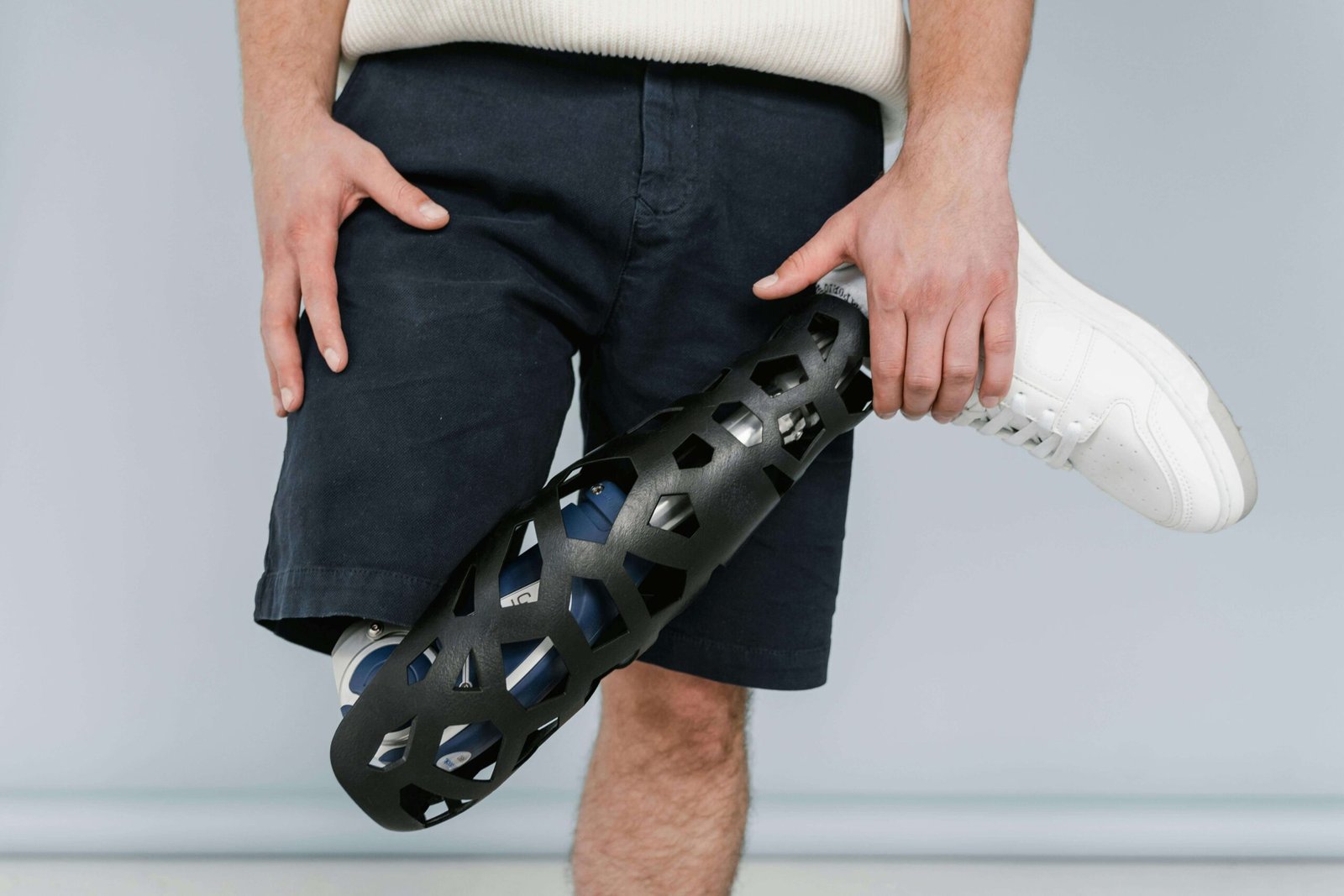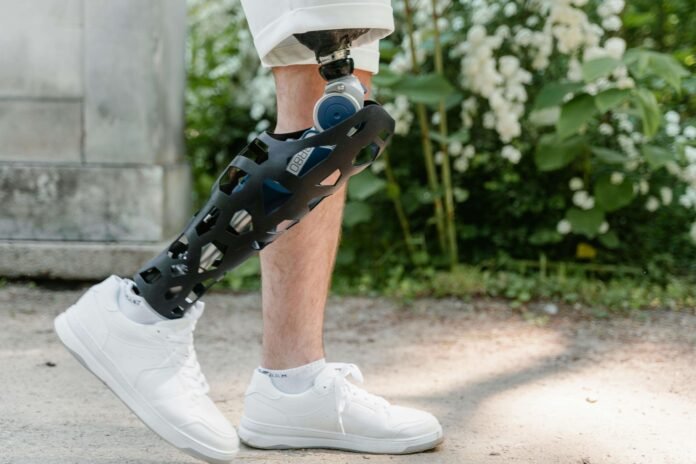Best Orthopedic Shoes: Comfort, Support, and Style for Healthy Feet
Finding the right footwear is essential to maintaining overall health and well-being. Whether you spend long hours on your feet, suffer from chronic foot conditions, or simply want to enjoy greater comfort, orthopedic shoes can make a significant difference. But with so many brands and styles available, how do you know which are the best orthopedic shoes for your needs?
Orthopedic shoes are designed to provide superior support, reduce foot pain, and improve posture. They’re not just for those with specific foot conditions—people who value comfort and want to prevent long-term foot problems can also benefit from wearing orthopedic footwear. In this article, we will explore what makes a shoe “orthopedic,” the benefits of wearing orthopedic shoes, and offer a comprehensive guide to help you choose the best orthopedic shoes for comfort, style, and foot health.
What Are Orthopedic Shoes?
Orthopedic shoes are specially designed to provide support, comfort, and stability for people with foot problems or those at risk of developing them. These shoes are typically recommended for individuals with conditions like plantar fasciitis, arthritis, bunions, flat feet, or heel spurs. However, orthopedic shoes are not only for people with foot conditions—they can also help prevent issues and improve overall foot health.
Key Features of Orthopedic Shoes
Orthopedic shoes come with several features that set them apart from regular shoes. Here are the most common characteristics:
- Arch Support – The arch support in orthopedic shoes helps distribute pressure evenly across the foot, reducing strain on the arch and alleviating discomfort caused by flat feet or high arches.
- Cushioning – Orthopedic shoes typically include ample padding or cushioning to absorb impact, providing comfort while walking or standing for extended periods.
- Wide Toe Box – A wide toe box gives the toes enough space to move freely, reducing pressure on the toes and helping with conditions like bunions, hammertoes, or Morton’s neuroma.
- Stable Heel – The heel of orthopedic shoes is designed to reduce excessive motion and provide balance. A stable heel helps prevent overpronation or supination, which can cause strain on the knees, hips, and lower back.
- Removable Insoles – Many orthopedic shoes come with removable insoles, which allow you to customize the fit or replace the insole with a more supportive orthotic if necessary.
- Breathable Materials – High-quality orthopedic shoes are made from breathable fabrics like mesh or leather, helping to keep your feet cool and dry.
- Durability – Orthopedic shoes are built to last, with high-quality materials designed for long-term wear.
The Benefits of Wearing Orthopedic Shoes
Orthopedic shoes provide a wide range of benefits for individuals of all ages and activity levels. Here are some of the most important advantages:
1. Pain Relief
One of the primary reasons people turn to orthopedic shoes is to alleviate foot pain. Conditions like plantar fasciitis, heel spurs, or bunions can cause discomfort, making it difficult to walk, run, or even stand for long periods. The extra cushioning, arch support, and shock absorption found in orthopedic shoes can help relieve this pain and improve comfort.
2. Improved Posture
Orthopedic shoes help correct posture by aligning the feet, which, in turn, helps align the knees, hips, and spine. Wearing shoes that offer proper support can reduce strain on your joints and muscles, which may lead to improved overall posture and less back pain.
3. Prevention of Future Foot Problems
Even if you don’t have any existing foot problems, wearing orthopedic shoes can help prevent conditions such as bunions, calluses, and plantar fasciitis. By providing proper support and cushioning, orthopedic shoes can reduce the likelihood of developing these issues over time.
4. Increased Stability and Balance
The design of orthopedic shoes provides better stability, reducing the risk of slipping, tripping, or falling. This is particularly important for older adults, individuals with balance issues, or those recovering from foot or ankle injuries.
5. Improved Mobility
Orthopedic shoes help support proper foot movement and function. The added comfort and support can make walking or standing for long periods more tolerable, allowing individuals to stay active and mobile longer.
6. Customizability
Many orthopedic shoes come with removable insoles, allowing you to insert custom orthotics or replace worn-out insoles. This means you can further tailor your shoes to your unique foot shape and needs.

How to Choose the Best Orthopedic Shoes for You
Choosing the right orthopedic shoes can be a daunting task, but with the right knowledge, you can find footwear that best suits your foot health, lifestyle, and personal preferences. Here’s a guide to help you find the best orthopedic shoes:
1. Consider Your Foot Condition
The first step in choosing the right orthopedic shoe is to consider your foot condition. Are you suffering from plantar fasciitis, flat feet, bunions, or another condition? Different orthopedic shoes are designed to address different foot issues. For example, shoes designed for plantar fasciitis will focus on providing extra arch support and cushioning for the heel, while shoes for bunions may offer a wider toe box and gentle pressure relief.
2. Arch Support
Good arch support is essential for maintaining a healthy foot structure. If you have high arches, you’ll need a shoe that offers more cushioning and support to prevent your feet from becoming overly stressed. If you have flat feet, you’ll need a shoe with better arch support to help with alignment and reduce foot strain.
3. Comfort and Cushioning
Comfort is paramount when choosing orthopedic shoes. Look for shoes with ample cushioning to absorb shock and support the natural movement of your feet. Memory foam or EVA (Ethylene Vinyl Acetate) insoles are commonly used for cushioning and comfort. Additionally, ensure the shoes are flexible enough to allow for easy movement while offering sufficient padding where needed.
4. Wide Toe Box
A wide toe box is a key feature of many orthopedic shoes. If you have bunions, hammertoes, or simply need more space for your toes, look for shoes that provide a roomy toe box. This feature helps reduce the pressure on the toes and allows them to move freely, reducing discomfort and preventing foot deformities.
5. Heel Height
The height of the heel plays a major role in foot health. Shoes with a heel that’s too high or too low can place strain on your foot structure. Ideally, look for shoes with a moderate heel height that provides stability and comfort, such as a 1-inch heel. A low, stable heel is often the best choice for orthopedic shoes, especially for individuals with balance issues or foot conditions.
6. Material and Durability
Choose orthopedic shoes made from durable, breathable materials. Leather, mesh, and synthetic fabrics are popular choices for orthopedic footwear because they allow air circulation, helping to keep your feet dry and comfortable. Opt for shoes with high-quality materials that are built to last, as they will provide better support and long-term comfort.
7. Style and Design
Orthopedic shoes have come a long way in terms of style. Many brands now offer shoes that are both functional and fashionable, ensuring that you don’t have to compromise on appearance for comfort. Whether you’re looking for athletic shoes, sandals, or dress shoes, you can find orthopedic options that suit your needs and style preferences.
Top Brands Offering the Best Orthopedic Shoes
When it comes to orthopedic footwear, some brands are known for their exceptional design, comfort, and support. Here are a few of the top brands you should consider:
1. Brooks
Brooks is a popular brand among athletes and individuals with foot problems. Their running shoes are designed with a focus on providing cushioning, support, and shock absorption. The Brooks Addiction Walker and Brooks Ariel are two of their top orthopedic options, known for their cushioning and stability.
2. New Balance
New Balance is a well-respected brand for orthopedic shoes, offering a range of comfortable, supportive sneakers and walking shoes. Their shoes often feature removable insoles for customization, extra arch support, and cushioning. The New Balance 990v5 and 1540v3 are popular choices for those seeking both comfort and stability.
3. Orthofeet
Orthofeet is a brand specifically dedicated to producing orthopedic shoes that cater to foot conditions like plantar fasciitis, diabetes, and arthritis. Their shoes are designed with wide toe boxes, cushioning, and arch support to provide ultimate comfort. The Orthofeet Verve and Orthofeet Asheville are great examples of their top-performing models.
4. Saucony
Saucony is another brand known for making high-quality athletic shoes that offer excellent cushioning and arch support. The Saucony Guide and Saucony Omni are great choices for those seeking comfortable shoes for walking or running.
5. Vionic
Vionic specializes in stylish orthopedic shoes that do not compromise on comfort. Their shoes incorporate podiatrist-designed footbeds that provide excellent arch support and cushioning. Vionic’s sandals, boots, and sneakers are perfect for those who need both fashion and function in their footwear. You can also visit here for more details.
Conclusion: Finding the Best Orthopedic Shoes for Your Needs
The best orthopedic shoes are those that offer a balance of support, comfort, and style while addressing your unique foot needs. Whether you have a specific foot condition or simply want to improve foot health, orthopedic shoes can provide the necessary support to prevent pain and discomfort. By considering factors like arch support, cushioning, material, and overall fit, you can find the perfect pair of shoes to enhance your comfort and mobility.

